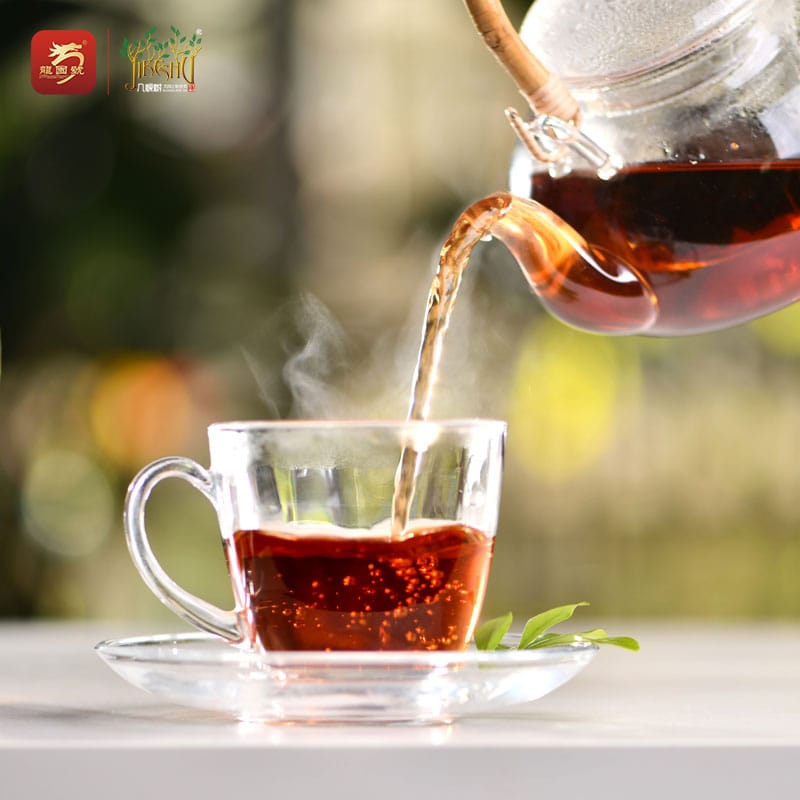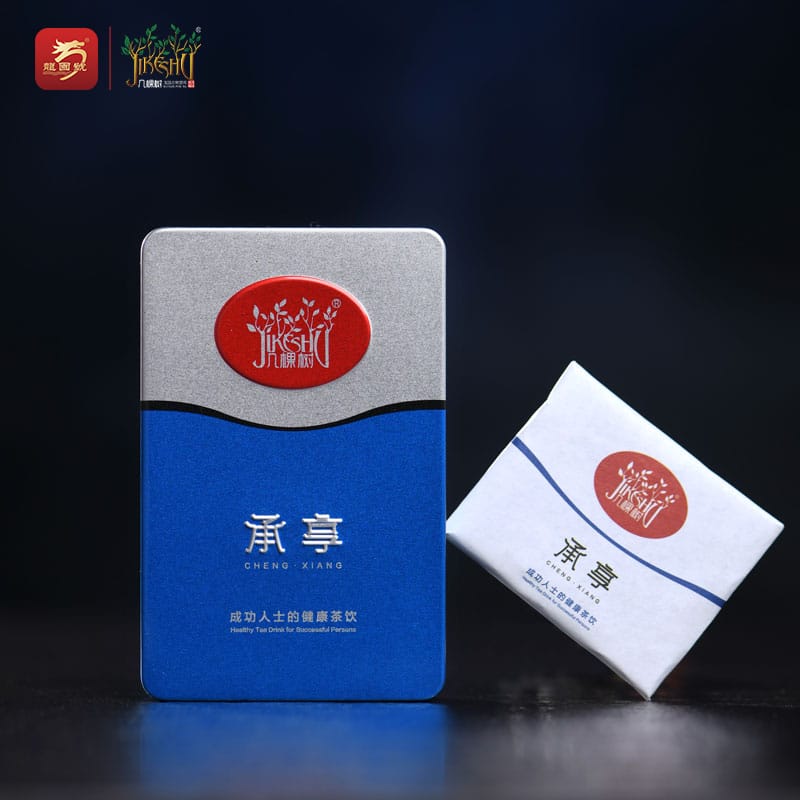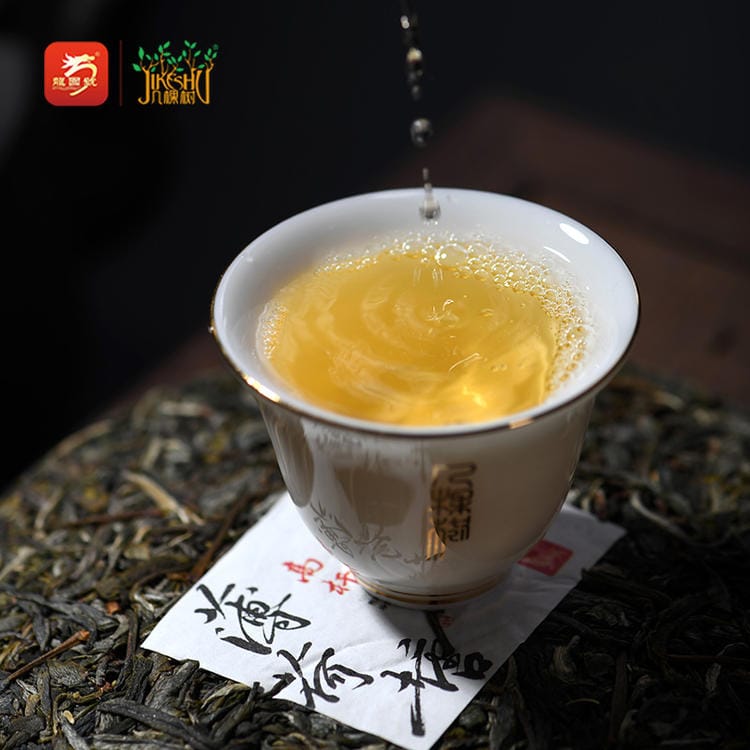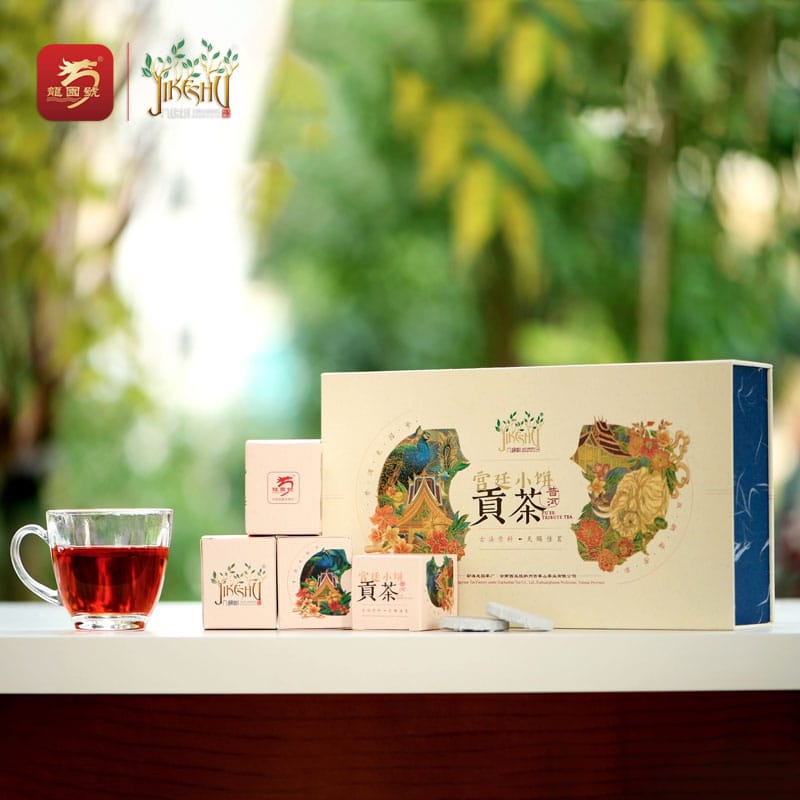The main contents of Pu-erh tea
Pu-erh tea is loved by tea people for its unique flavor of “the more it ages, толкова по -ароматно е ”.
The more it ages, Колкото по -ароматно е, that is, the longer the Puerh tea is stored, the more harmonized the taste and flavor, and the more the tea broth is able to attract the tea drinkers to the tea. However, the later storage or transformation of Puerh tea cannot be separated from the richness of the inner substance.

1 Tea polyphenols
Tea polyphenols are the source of the astringent flavor of Pu-erh tea, and are a very important class of compounds that distinguish tea from other plants, accounting for about 20%-40% of the tea’s contents, and are one of the main material components of tea.
Tea polyphenols mainly contain catechins, flavonoids, anthocyanins and phenolic acids and other four types of substances. Catechins account for 70% of the total amount of tea polyphenols, playing a key role in determining the color and taste of tea.
However, not all teas contain the same amount of tea polyphenols. The polyphenol content of various teas is affected by the variety of tea tree, the growing region, the climate and other conditions. Общо казано, the deeper the fermentation, the more tea polyphenols are converted into other substances, and the less tea polyphenols remain in the tea leaves.
Puerh ripe tea is fully fermented and contains less polyphenols than unfermented Puerh raw tea. This is also the reason why ripe tea is less astringent and more mellow.

2 amino acids
Amino acids are the main flavor presenting substances of Pu’er tea, accounting for 1%-4% of the tea leaf contents, the specific content value is affected by the variety of tea, as well as the part of the tea leaf.
Amino acids mainly include theanine, aspartic acid, glutamic acid, arginine, serine and so on. Amino acids have a fresh and refreshing flavor, and play a positive role in the fresh and refreshing taste of tea broth.
The amino acid content of raw tea will degrade year by year and gradually decrease; the amino acid content of ripe tea is relatively stable, but will also decrease with the increase of storage time.

3 Tea coloring
Tea pigment is a colored substance that exists in the fresh leaves of the tea tree and the finished tea, and it is the component that constitutes the color of Puerh Tea’s dry tea, tea broth and the tea base, accounting for 1% of the tea leaf’s internal substance. There are two kinds of natural pigments in the fresh leaves and the late pigments produced in the processing of tea leaves, and the natural pigments are divided into fat-soluble pigments and water-soluble pigments.
Composition of dry tea and leaf color is fat-soluble pigments, insoluble in water, mainly contains chlorophyll, lutein, carotene lights. The color and luster of tea broth are water-soluble pigments, which are soluble in water and mainly contain anthocyanins, anthocyanidins and catechins.
Post-processing formation of tea pigments, soluble in water, including theaflavin, theaflavin, theaflavin, theaflavin. The amount of these elements directly affects the color of the tea broth after brewing Puerh tea.

4 Alkalis
Alkaloid substances account for 3%-5% of the substance of tea, mainly containing caffeine, theobromine and theophylline.
Alkaloids are the source of the bitter flavor of tea broth, and when combined with theaflavins, they have a fresh and refreshing flavor.
The alkali substances of Puerh tea change relatively little in storage, and the alkali substances of raw tea show a gradual decrease, but the alkali substances of ripe tea do not change much, and sometimes even increase gradually. The specific performance is related to the environment of tea storage.

5 Sugar substances
Sugar substances are the main source of tea sweetness, accounting for 20%-25% of the total substance of tea, mainly containing monosaccharides, disaccharides, tea polysaccharides and so on.
Monosaccharides and disaccharides are soluble sugars that can dissolve in water, and are mostly found in old leaves, but less in young leaves. This is also the reason why the tea broth is sweetened by the old leaves pressed into the “old yellow tablets”. Insoluble sugar will gradually decompose into soluble sugar under the action of microorganisms and enzymes, so the old ripe tea tends to have more pectin-like substances, and the tea soup tastes sweet and glutinous.
Soluble sugar is also one of the important prerequisite substances for the aroma of tea, which has an important impact on the formation and change of tea aroma.

6 Aromatic substances
Puerh tea has a wide variety of aromatic substances, including alcohols, ketones, esters and other substances. The amount of each aromatic substance determines the type of aroma that Pu-erh tea eventually presents.
Aromatic substances are also categorized into low-boiling point substances and high-boiling point substances. During the storage of Puerh tea, the low-boiling point aromatic substances will gradually evaporate with oxidation, while the high-boiling point aromatic substances will be transformed by microorganisms to form new types of aroma.
In the tasting of Pu-erh tea, tea people gradually find that with the increase of storage time, the tea leaves will gradually transform into deep and complex aroma, forming a unique flavor.

summarize
Pu-erh tea also contains a large number of vitamins, all of which are essential substances for the human body. These substances will be transformed year by year with the storage environment in the storage of Pu-erh tea, thus allowing Pu-erh tea to transform into a flavor and charm that is uniquely its own.
A good Pu’er tea is rich and varied in substances, especially the basic substances, which often play a key role in the taste and flavor of the tea broth. Icelandic tea, in the large family of Puerh tea, belongs to the existence of significant sweetness and unique flavor, after storage, the overall taste will be more coordinated, and the transformation of the aroma may also be able to bring unexpected surprises.
